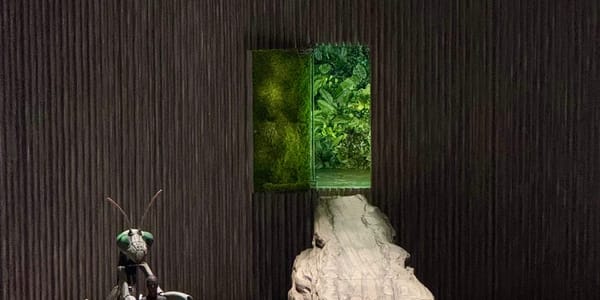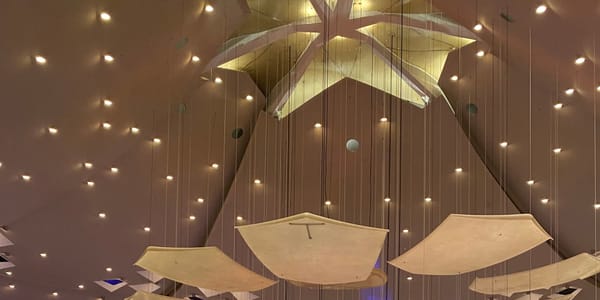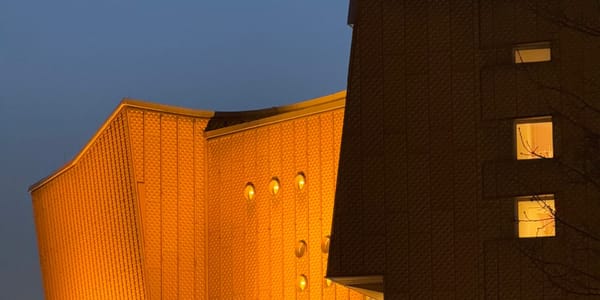Swan Lake by Staatsballett Berlin
The Staatsballett Berlin’s Swan Lake captivates with grandeur and drama, reimagining the classic as a tale of power, obsession, and fate. Hauntingly beautiful and richly layered, it’s a mesmerizing take on a beloved masterpiece.
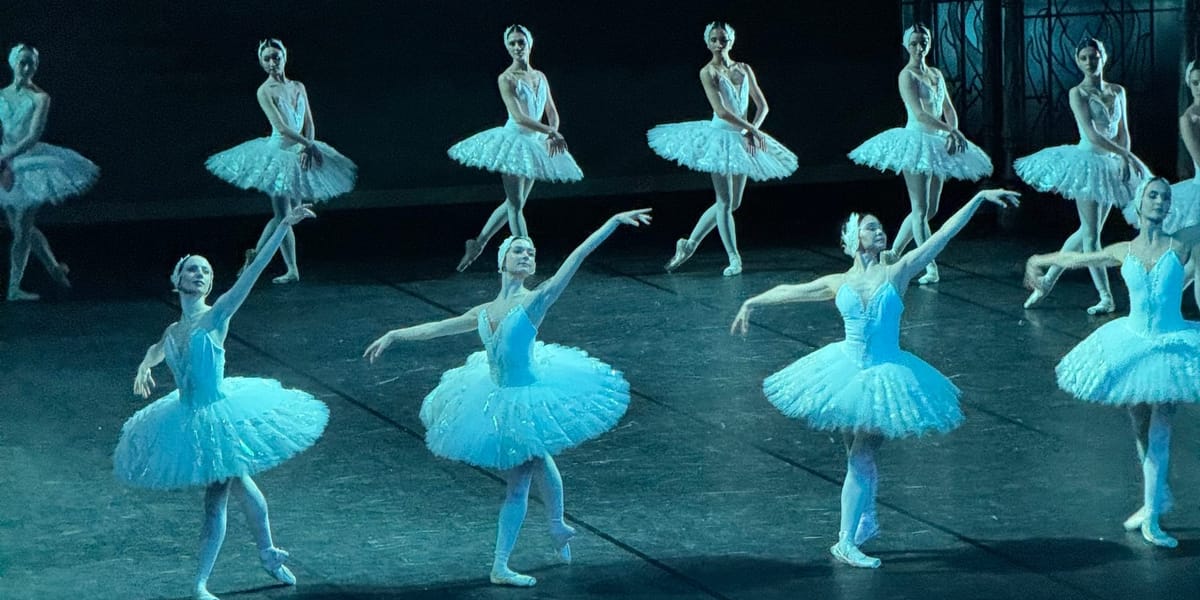
⭐️⭐️
🎭 Swan Lake
🩰 Staatsballett Berlin
🕺 Patrice Bart, 1997
🎶 Pyotr Ilyich Tchaikovsky
🏛️ Staatsoper Berlin
🗓️ 19.03.2025
The Staatsballett Berlin’s production of SWAN LAKE, choreographed by Patrice Bart in 1997, offers a distinctive interpretation of Tchaikovsky’s iconic ballet. While remaining true to many of the familiar elements, this production reimagines the story with a fresh lens, shifting focus away from the traditional romantic plot. Instead, it introduces a compelling family dynamic, layered with intriguing narrative and visual choices that create a rich, yet challenging experience for the audience.
The story: a juicy family drama
In a refreshing and unexpected twist, this production shifts SWAN LAKE away from its conventional (and yes, heteronormative—knowing very well we are talking about SWAN LAKE) romance and instead frames it as a family drama. Prince Siegfried’s mother takes center stage, driving the plot through manipulation and control. She is portrayed as a queen who adores her son to the point of obsessive interference—presumably with good intentions, but ultimately leading to his death. Rothbart is introduced as the Queen's Prime Minister and accomplice, adding a dimension of political intrigue to the story. This narrative shift adds complexity to the traditional storyline, transforming it from a simple love story into a deeper exploration of familial bonds, suffocating parental influence, and political conspiracy.
The mother-son relationship bookends the entire production. As the music begins, the Queen repeatedly promenades across the stage while her son grows from a small child into an adult prince, establishing their close bond. Over time, she becomes an invasive helicopter parent, conspiring with Rothbart to separate Siegfried from the “strange outsider” Odette after the two fall in love with each other. In the end, she is forced to confront the consequences of her overbearing control, discovering her son’s lifeless body—a tragic reckoning for her relentless interference.
On a(n amusing) side note, this departure from the traditional storyline initially shocked my Russian friends who were accompanying me this evening, and who know the ballet well from their time in St. Petersburg. But in the end, they were won over by the plot shift—one that lets Odette live while the men in the story succumb to their actions. I, for one, was convinced that in this production, Siegfried and Benno were brothers competing for their mother’s attention—her wildly differing gifts to them in Act I (a gun vs. a brooch) seemed to give it away. Imagine my surprise—if not glee—when I later learned that some productions introduce a homoromantic element, with Benno secretly in love with Siegfried and devastated when he falls for Odette. That, of course, would conflict with the ‘competitive brothers angle’—unless we turn this into a White Lotus Season 3-style situation. Now there’s an idea for a future take on SWAN LAKE.
The production: a mishmash extravaganza
The production draws inspiration from the Romanov era of the Tsarist Empire, infusing the ballet with a haunting sense of decline—a world of rigid hierarchy, emotional coldness, and indulgent grandeur, teetering on the edge of collapse (Swan Lake was composed in 1876; the revolution would come for the Romanovs just a generation later). This vision of a glittering, but hollow, empire facing its own undoing unsettlingly parallels today’s world, where liberal democracy and progressive values feel increasingly fragile. Just as the Romanovs and the entire aristocratic apparatus clung to tradition while revolution loomed—thinking of the Romanov’s spectacularly lavish 1903 costume ball to celebrate 290 years of dynastic rule—one could see reflections of modern societies struggling to uphold progress in the face of rising authoritarianism, inequality, and disillusionment. Beneath the beauty of the ballet lies an unshakable unease—one that feels eerily contemporary.
And yet, the production also feels like a hodge podge of styles: gorgeous Art Nouveau glass panes decorate the stage wings and back wall, while stage-spanning landscape screens evoke Regency England. The shin-length skirts seem plucked from another era entirely, while the cape-like owl wings of Prime Minister Rothbart make him appear more like moth man when he is silhouetted behind a translucent screen in key moments—or when he scuttles onto stage in the dramatic finale, hiding a struggling and emotional Siegfried before the final murder-suicide.
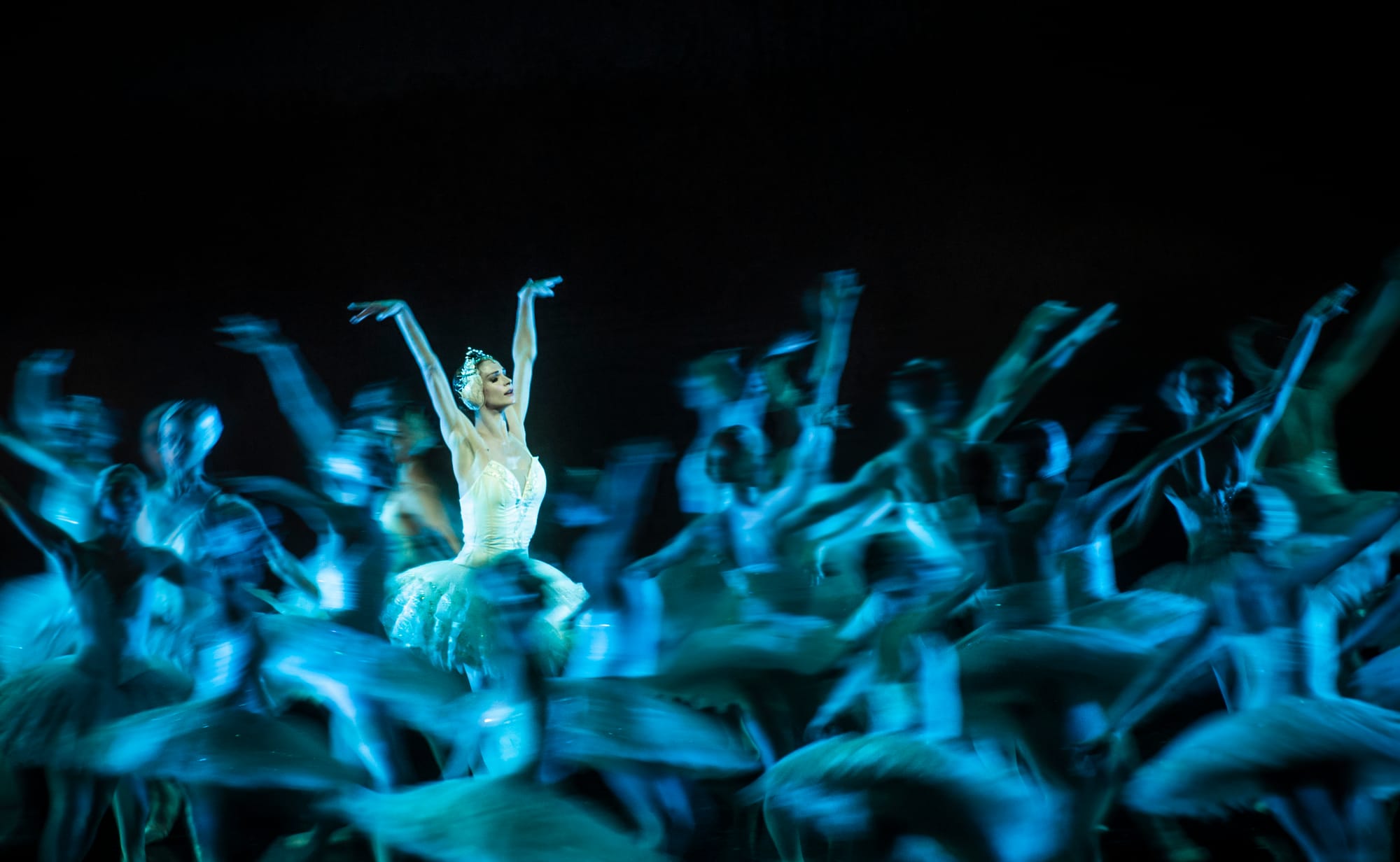
The music: beautifully haunting, arduously slow
Seeing this SWAN LAKE, I was struck by the unusually slow pace of the music, which at times gave the impression that we were experiencing Tchaikovsky’s masterful composition in slow motion. While this approach did not detract from the beauty or timelessness of the score, it did shift the performance’s energy, creating a more contemplative atmosphere. I’m still curious about the intention of the slower pace: a cheeky (or petty?) hypothesis from the aforementioned St. Petersburg friend summised that “they can’t dance any faster”, though I was later convincingly (and proudly) assured that “yes, they absolutely can, sometimes faster is even better”. It certainly created a unique experience, distinct from the recordings I’m familiar with, and added an interesting layer to the performance.
Ballet in 2025: who wants what?
SWAN LAKE at the Staatsoper felt like a meticulously preserved artifact from the golden age of 20th-century ballet. The staging and choreography embraced a rigidly gendered aesthetic: ballerinas in airy tutus floated through delicate, graceful movements, while their male counterparts, in slacks or tights, performed the more athletic jumps and commanding lifts. While technically stunning, the performance lacked the captivating unpredictability I had come to expect from ballet as a living, evolving art form—especially after a season of contemporary performances that had been viscerally engaging, pushing ballet into new, unexpected territories. Despite the dancers’ impeccable technique and undeniable talent, this SWAN LAKE ultimately—and surprisingly—left me somewhat uninspired.
Of course, catering to every audience member is nearly impossible. Those who seek out SWAN LAKE likely have very different interests in ballet than those drawn to William Forsythe’s deconstructed dynamism or the dreamlike abstraction of A MIDSUMMER NIGHT'S DREAM. And the venue itself reinforces this divide: the Staatsoper’s gilded, faux-classical opulence amplifies the sense of ballet as an art form frozen in time, whereas the Deutsche Oper’s sleek, 1960s brutalist egalitarianism provides a more fitting home for contemporary choreographic innovation (I will admit, though, that I'm biased when it comes to my preference for Berlin's opera stages).
Yet, despite its adherence to ballet convention, this SWAN LAKE does attempt to offer something different. By reframing the story through a psychological and political lens, it reminds us that even the most well-worn ballets can still be reinterpreted, reexamined, and, to some degree, reimagined. It may not push the boundaries of movement, but it does shift perspective—and perhaps that is its way of keeping the art form alive.
The audience: in reverence and rowdy
For a ballet as steeped in tradition as SWAN LAKE, the atmosphere in the audience was surprisingly relaxed—at times even a little circus-like. Throughout the evening, there was a steady crinkling of plastic water bottles and candy wrappers, occasional flashes from phone cameras, and a noticeable amount of quiet conversation. Some audience members seemed eager to capture the moment, snapping photos mid-performance, while others were simply chatting their way through the ballet. It was a very different experience from the contemporary performances earlier in the season, where the audience felt entirely absorbed in the movement on stage.
But perhaps this is just part of what comes with SWAN LAKE—a ballet that, more than most, draws a broad and varied crowd. Some come for the sheer spectacle, others for the tradition, and some, it seems, simply for a grand night out at the Staatsoper. And maybe that’s the paradox of SWAN LAKE in 2025: it exists simultaneously as a relic and a canvas, reflecting what different audiences hope to see in ballet today.
Final thoughts
Ultimately, this SWAN LAKE is a thought-provoking and zesty reimagining of a beloved classic. While it departs from the traditional, offering a unique look at familial relationships and the decay of power, it may not resonate with every viewer in the same way. The production’s deliberate pace and traditional aesthetic contrast with the more experimental works I've seen throughout the season, offering a reminder of ballet’s diverse expressions. Whether you find it nostalgic, innovative, or simply a beautiful spectacle, this SWAN LAKE reminds us of ballet’s timeless ability to provoke both contemplation and emotion.
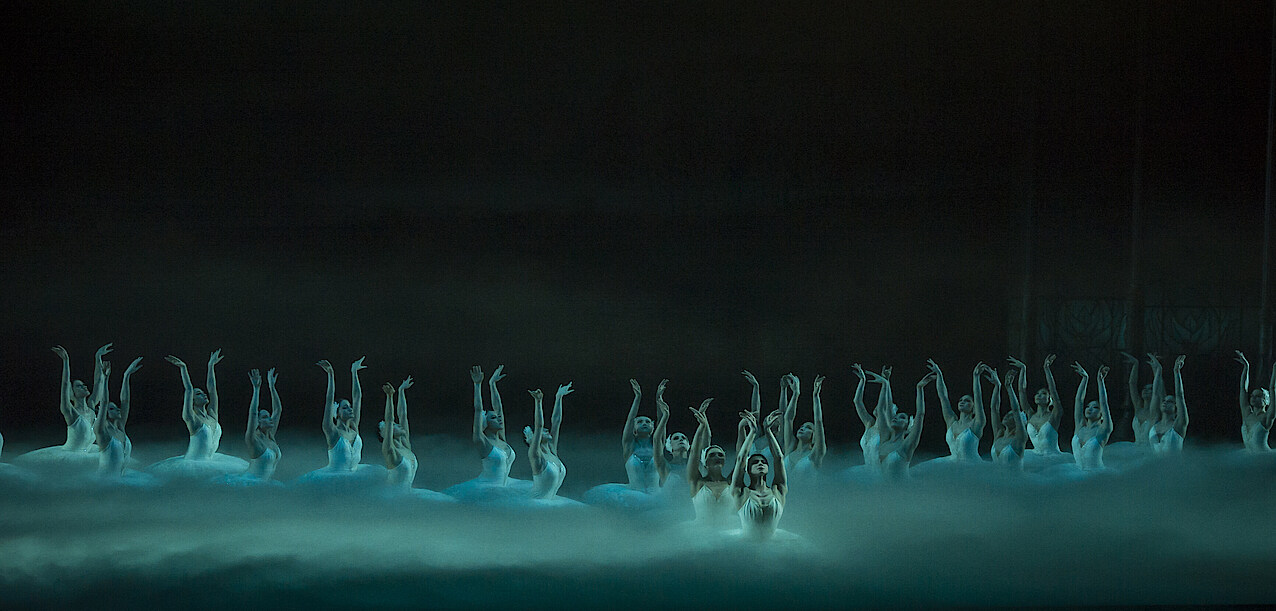
Cast - 19.03.
Choreography and Staging Patrice Bart
Assistant to the Choreographer Raffaella Renzi
Stage and costumes Luisa Spinatelli
Dramaturgy Christiane Theobald
Musical Direction Paul Connelly
Staatskapelle Berlin
Odette / Odile Riho Sakamoto
Prince Siegfried David Soares
his mother, the Queen Rafaelle Queiroz
Prime Minister von Rotbart Andrea Marino
Benno von Sommerstein Alexander Bird



